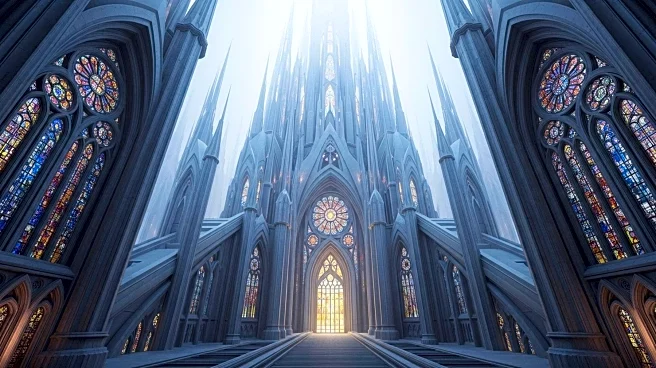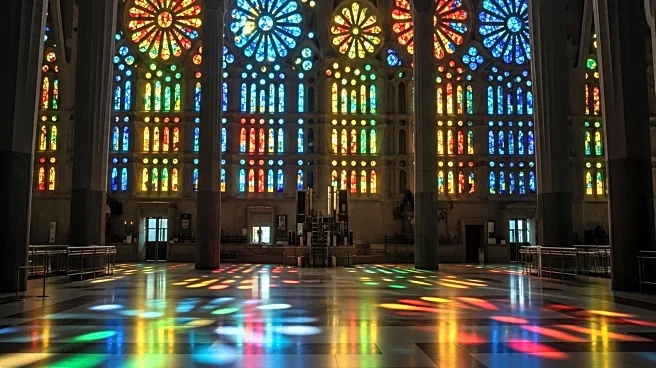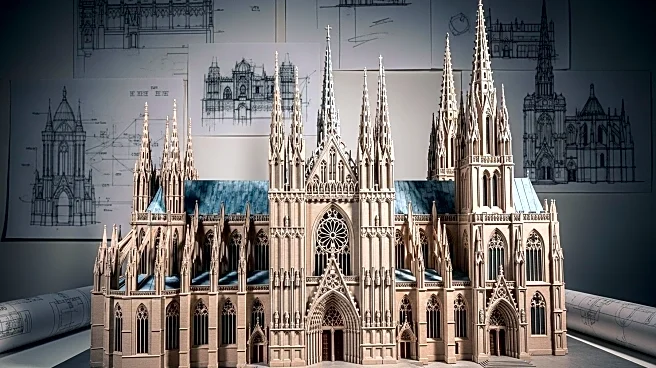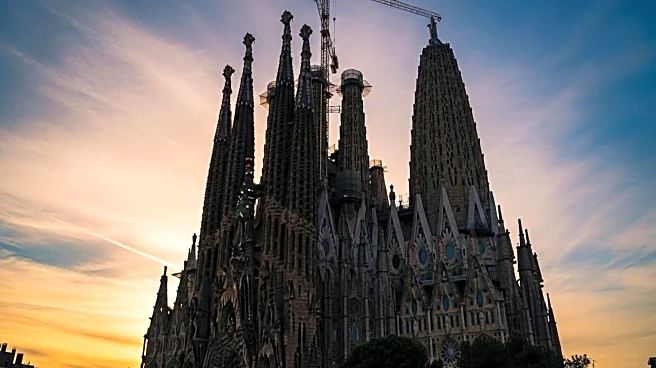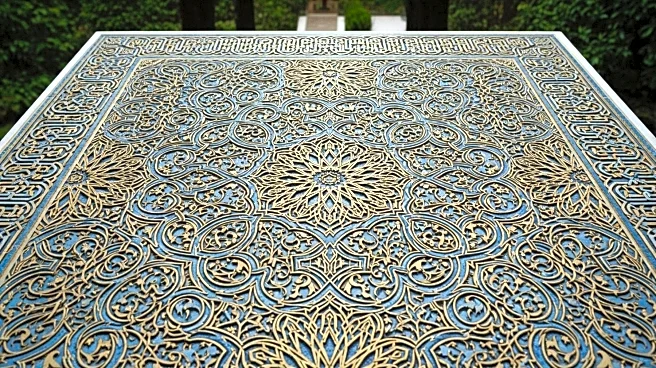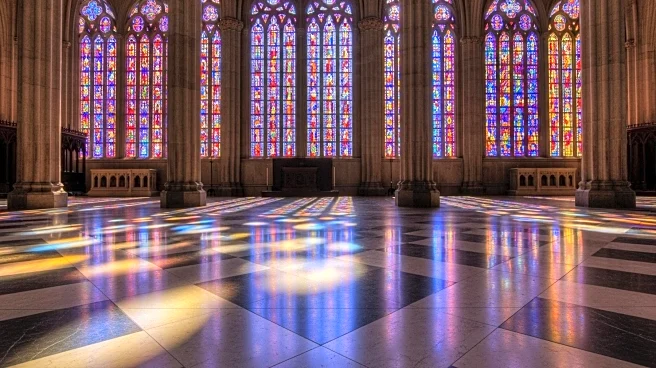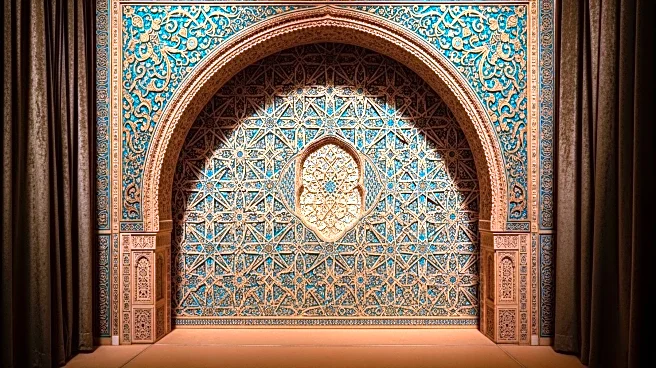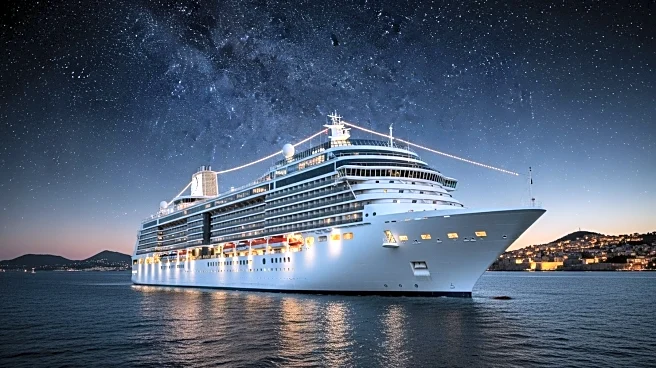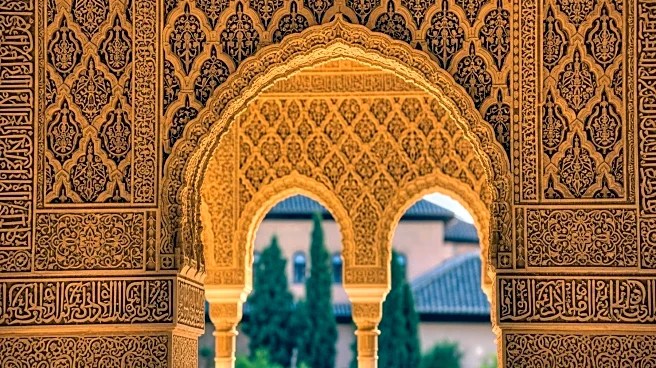The Sagrada Familia is a marvel of architectural design, filled with intriguing facts and details that captivate visitors. From its towering spires to its intricate facades, the basilica offers a wealth of information for those interested in its history and construction.
Core Facts
The Sagrada Familia is a large Roman Catholic basilica located in Barcelona, Spain. Designed by Antoni Gaudí, it is a UNESCO World Heritage Site and remains unfinished. The basilica's construction began in 1882 and has continued for over a century.
Notable Details
One of the most notable details of the Sagrada Familia is its towering spires, which are planned to reach a height of 170 meters. The basilica's design incorporates elements of nature, with facades depicting scenes from the life of Jesus Christ.
Comparisons and Contrasts
The Sagrada Familia is often compared to other Gothic cathedrals, such as those in Burgos and Seville. However, its unique design and use of modernist elements set it apart from traditional Gothic architecture.
Key Data Points
The basilica covers an area of 90 meters in length and 60 meters in width, with a nave width of 45 meters. It features 18 spires, eight of which have already been built.
 Discover Daily • 7 min read
Discover Daily • 7 min read 